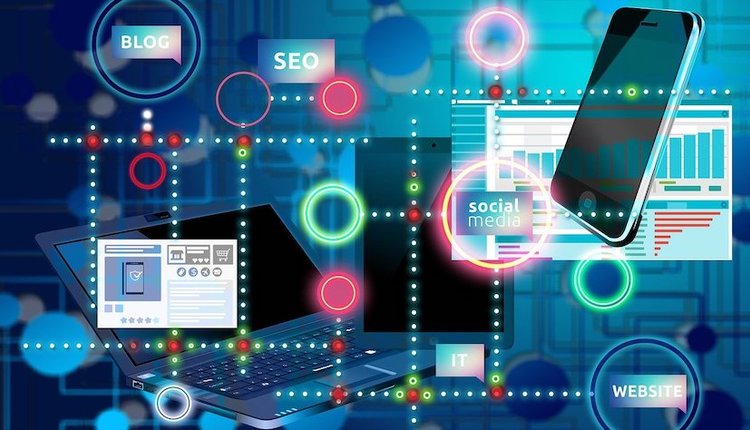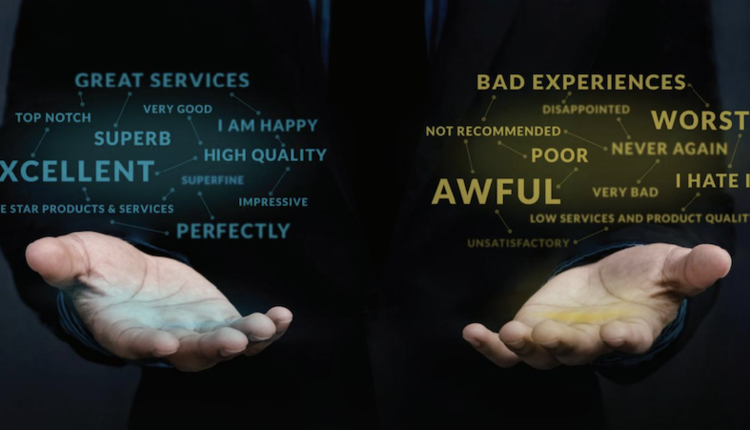
Marketing doesn’t have to be a daunting task, nor does it have to cost an arm and a leg. Some of the most powerful marketing solutions can be found with the resources you already have — your existing customers.
Your current customer base represents a massive investment of your time and resources. Even better, though, they are the prime marketing power of your brand. Focus your marketing on them, and they will take care of the rest. Remember, a happy customer will always want to spread the word about your brand.
Here’s why and how you should be marketing to your current customers.
Research the Market, and Your Customers
It’s difficult to market to your customers if you don’t know what they want and how they want it. So, be sure to stay on top of their trends to understand how to pivot your brand.
One way to start is by taking a look at the industry as a whole. What are the leaders doing? And, how are customers reacting? In a world that thrives on trending topics, the big names will always make waves that are worth following.
For example, everyone knows that a business website is all-but-essential these days. However, what kind of website are your customers looking for? Scientific studies show that simple, streamlined sites are more engaging. Indeed, they also help direct customers to the sale. This is why massive names including Mailchimp, Bumble, and Squarespace focus on ease and function on top of the design.
Researching your customers’ trends and needs will lead to sales and growth. In fact, your existing customers are:
● 50% more likely to try a new product.
● 31% more likely to spend more than new customers.
● 14 times more likely to make a purchase than an existing customer.
In a market with stiff competition, understand why your existing customers have come to you. Then, champion those reasons. Whether it’s your products, customer service, or loyalty programs, you must know what brings your customers in. By focusing on that knowledge, you can expand on what is working.
Think of it like this: the more customers you retain, the more new customers you can bring in through word-of-mouth marketing. Still, that all starts by understanding your current customers.
Focus On Customer Experience
Once you know what’s driving them, focus on your customers’ shopping experiences. It doesn’t matter what industry your business is a part of. The customers of today are used to convenience and experience. And since it costs five times as much to acquire a new customer, a positive customer experience will save money as it boosts sales.
Start by personalizing the experience. Loyalty programs and memberships are a great place to begin. Learn their information and habits. Personalize messages with their names. Track their shopping habits to offer suggested products and repurchase reminders. Send out special birthday and anniversary deals.
Customers want to feel a personal connection, even to an impersonal product and brand. Personalizing the customer experience is the main way a business can create a heartfelt connection.
Aim to enhance the customer strategy at every step of the way. For example, eCommerce sites can offer a variety of shipping methods to best meet customer needs. The major carriers offer different shipping options that will work best for different objects. For instance:
● USPS is great for small, flat shipping (think small and standard boxes).
● FedEx is perfect for expedited shipping (especially same-day and overnight).
● UPS excels at shipping large items (with great tracking options).
For a digital retailer, the choice of carrier can lead to a massive impact on customer experience. Choosing the cheapest option might make business sense. However, if it’s causing customer packages to take extra days (without up-to-date tracking), then your customers may look elsewhere. Use surveys and direct customer outreach to be sure your carrier options are what your customers want.
Keep Up With Changing Times
After the pandemic, many industries have had to adjust to meet the tide of change. One of those is the concept of the “audience of one.” In other words, this means creating the customer experience around the customer itself. This is done through data tracking and customer management tools. The software makes it easy to track and study customer trends and actions.
Through this data, businesses can target products and offers based on customer history. As well, these tools can be customized to send out emails, text or other communications based on these trends.
Of course, plenty of innovations are changing the landscape. Mobile and app-based shopping are up an additional 30% in 2021, led by a boom year in 2020. Even as stores have opened back up, customers have clearly shown that they will choose convenience.
Retailers have jumped on this trend by switching to a BOPIS-style retail system. BOPIS, or buy online pick up in-store, allows retailers to combine their brick-and-mortar and eCommerce stores.
The customer can make an eCommerce purchase and avoid shipping fees and waits by heading to the store. While there to pick up the item, they’ll most often make additional impulse purchases. In fact, 85% of customers have said they are making impulse purchases because of in-store pick-up and BOPIS systems.
This is part of the growing trend of the omnichannel business model. In other words, this approach provides the customer an opportunity to buy at any time and place. This is achieved through the use of particular technologies. Specifically, this includes:
● Accessing a fluid business experience no matter the device (mobile, tablet, or desktop).
● Stored shopping information for convenience (including shipping and payment info).
● Digital solutions for everything (emailed receipts vs. paper).
● Convenient technologies (24/7 customer service, insightful help bots, and augmented reality shopping).
These are just a few of the changing trends of the omnichannel world. But these trends won’t go away or reverse themselves; they are here to stay. And, as adoption cascades across all industries, businesses that are slow to join the trend will be left behind.
Marketing to your current customers is one of the smartest and safest business decisions you can make. Not only are they already a built-in marketing generator, your existing customers are also the biggest driver of your brand. Word-of-mouth will spread brand awareness as well or better than the savviest marketing team.
Still, to make full use of that power, your business must focus on your current customers. Research the trending habits and technology that customers want to use. Keep their experience at the forefront, and use personalized outreach to keep them happy.
Finally, be sure you’re focusing on the proper tech as you adapt to the world of omnichannel business. Look at what tech, devices, and trends make it easier for your customer to do business. Convenience is the driving keyword. And focusing on customer convenience will help ensure your business remains profitable for years to come.













